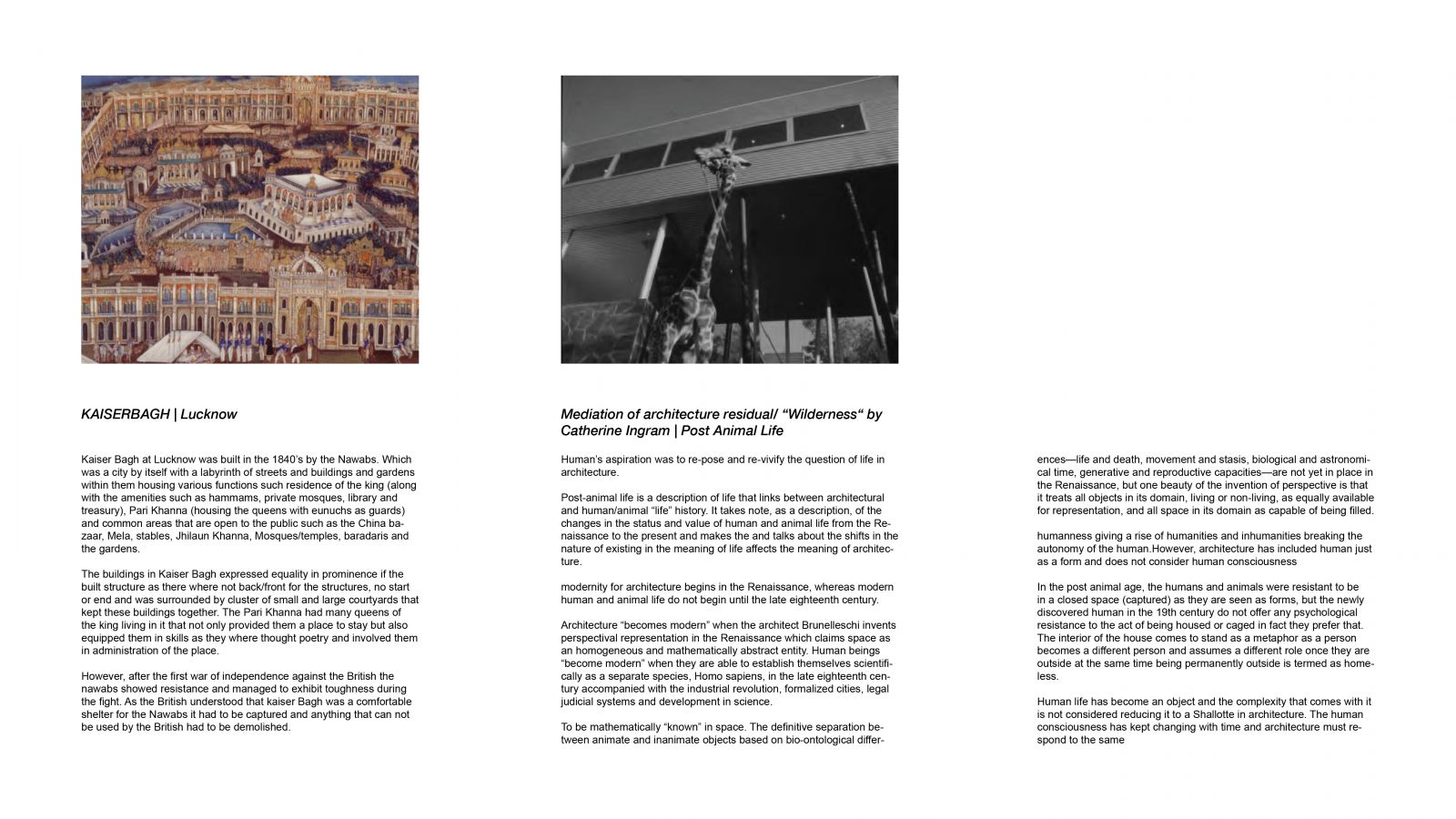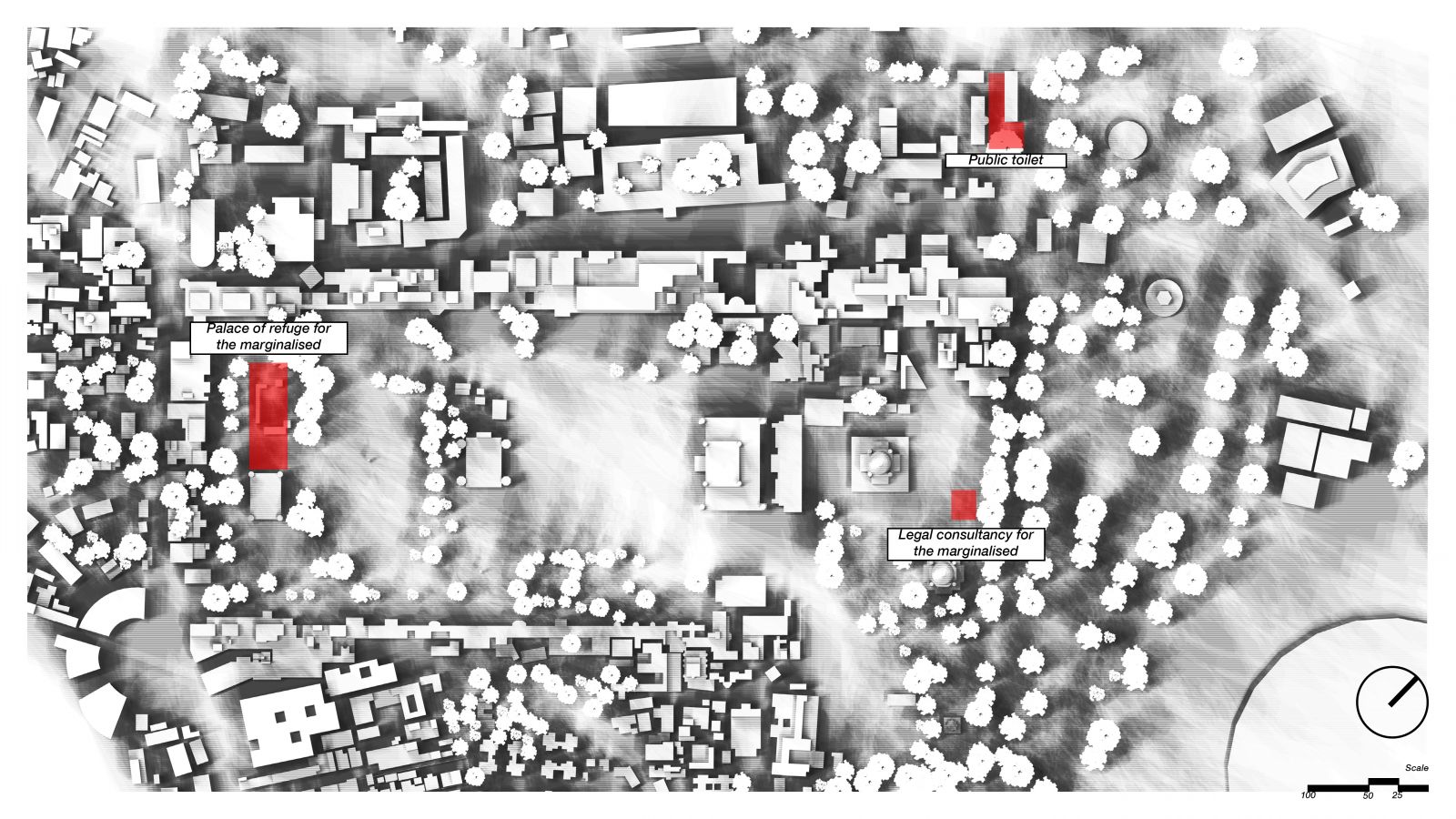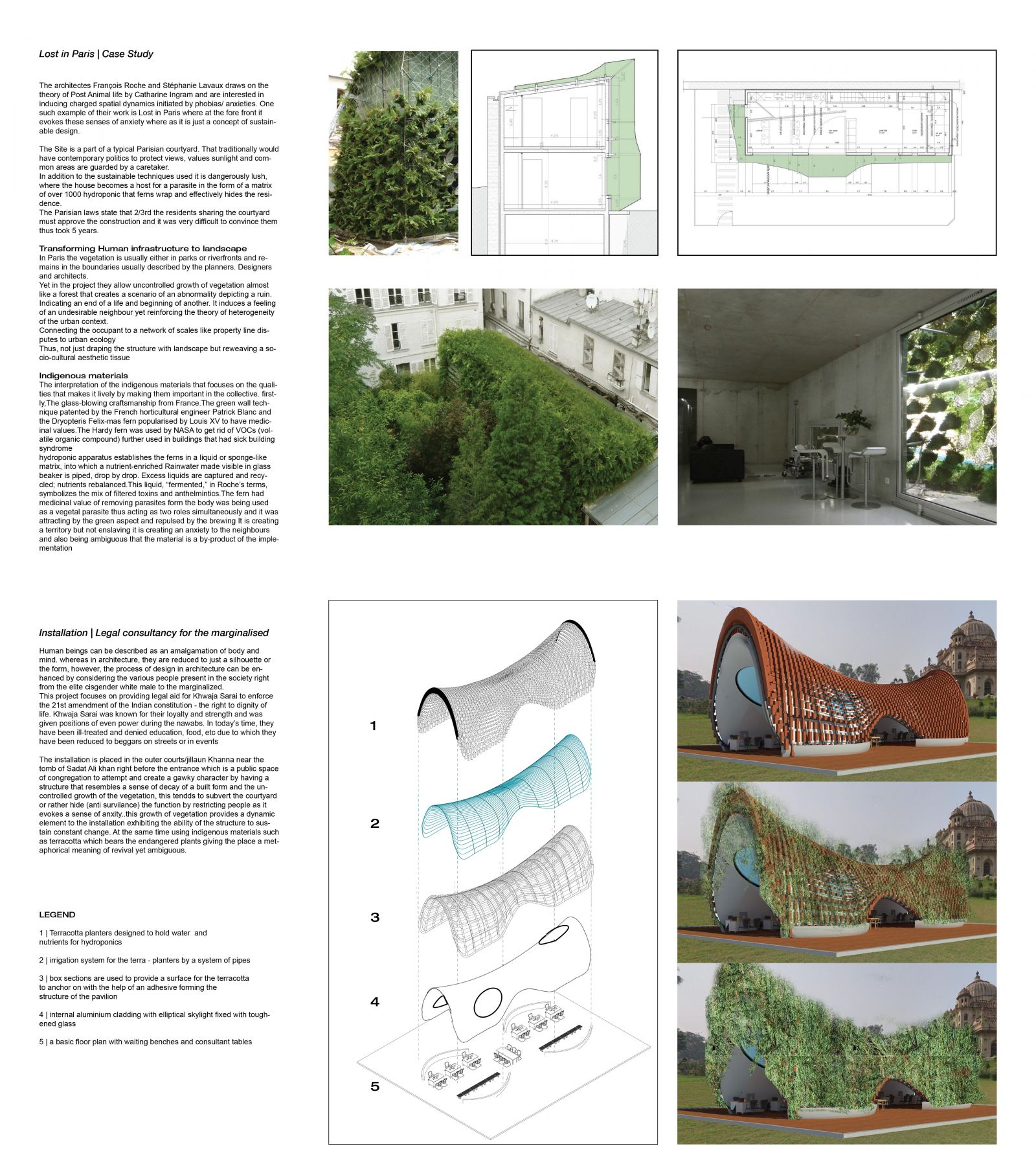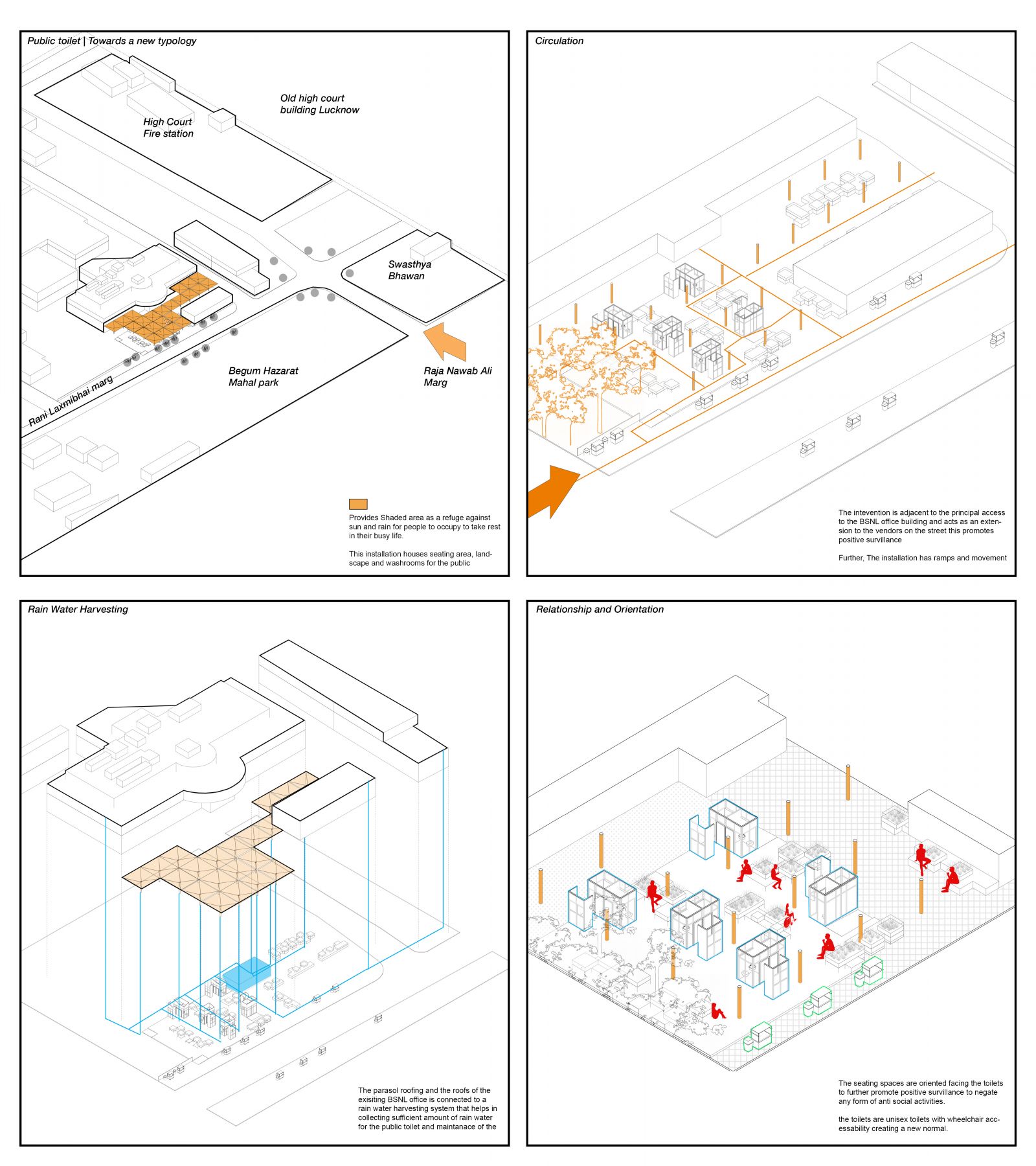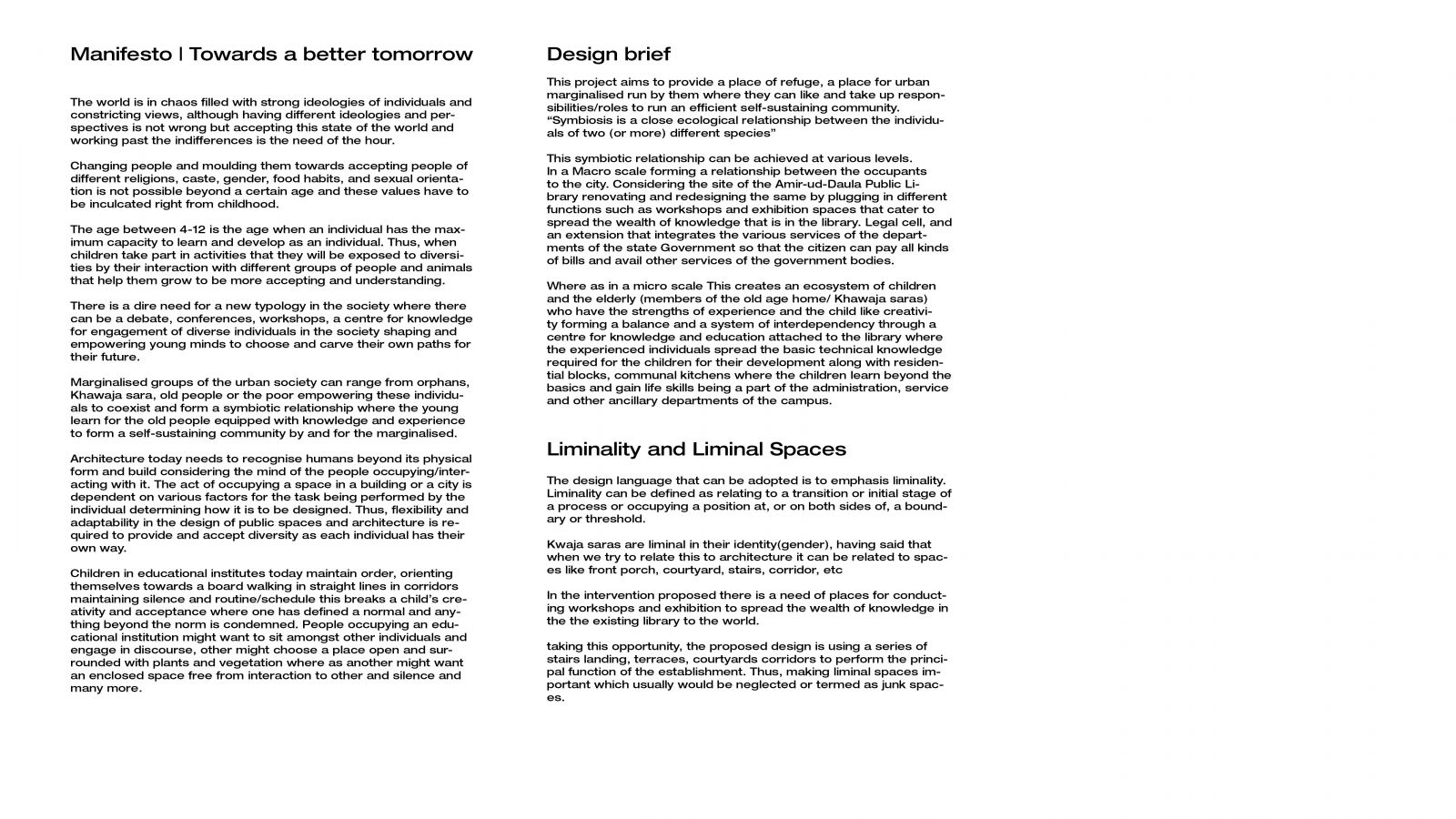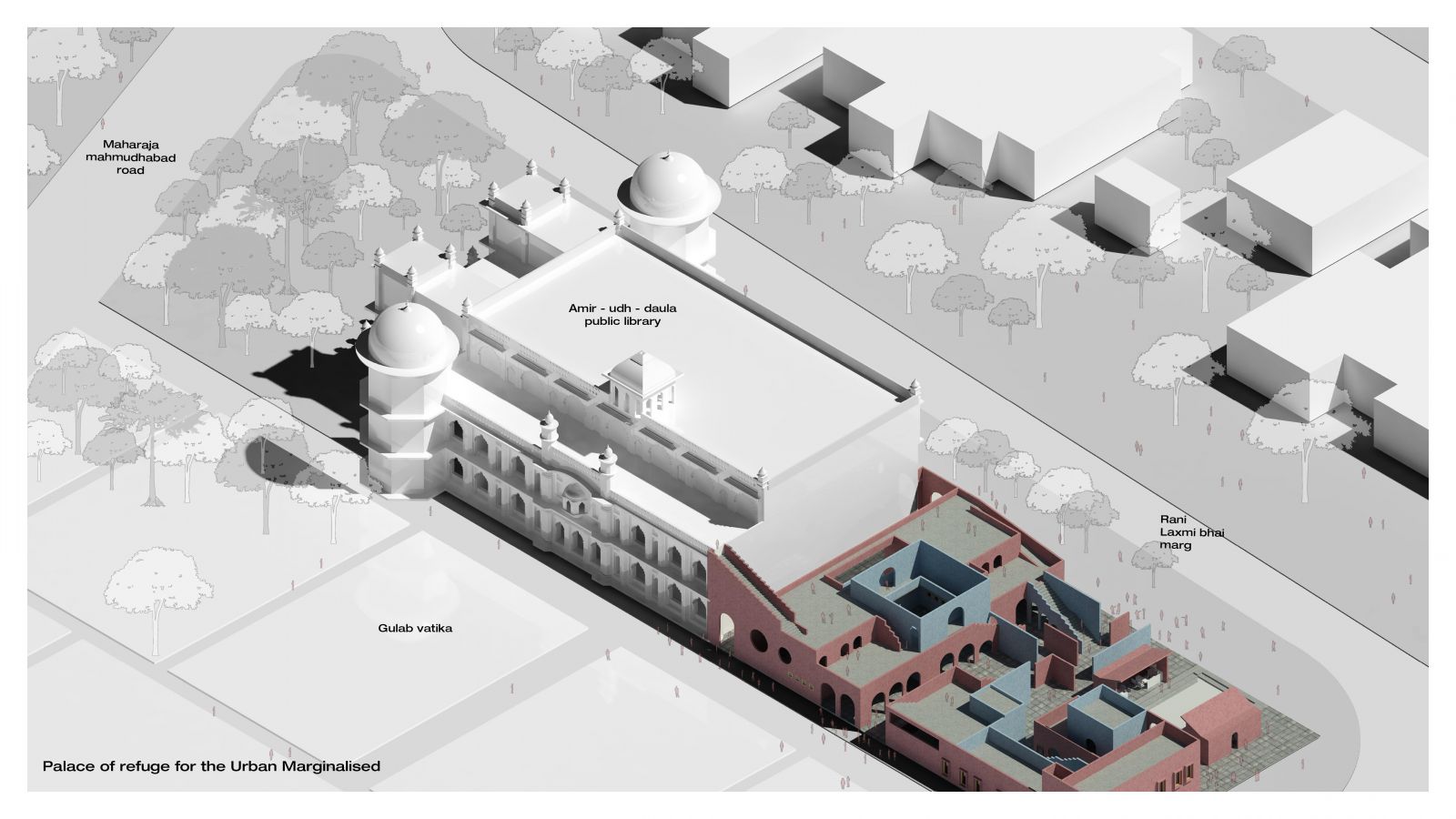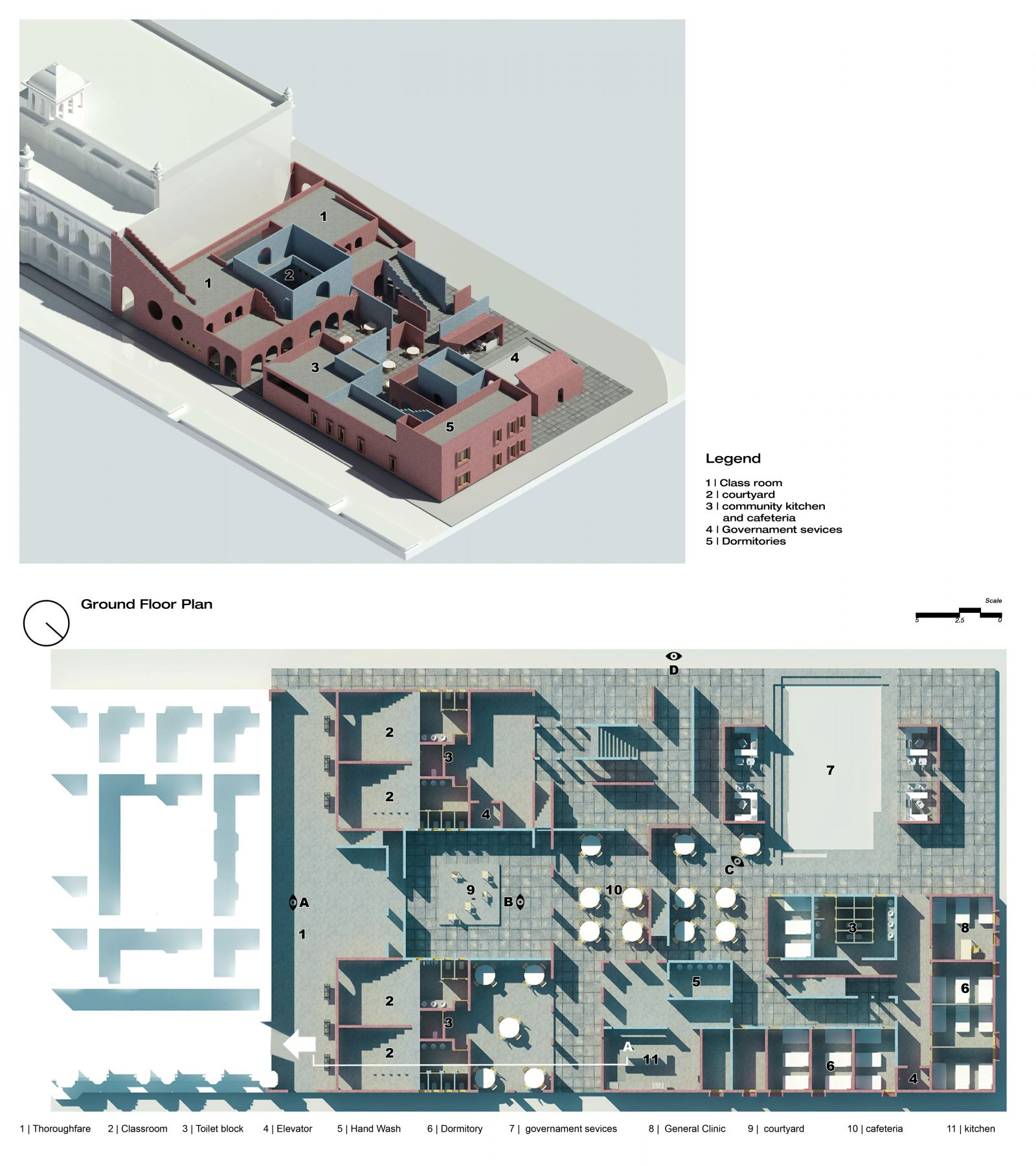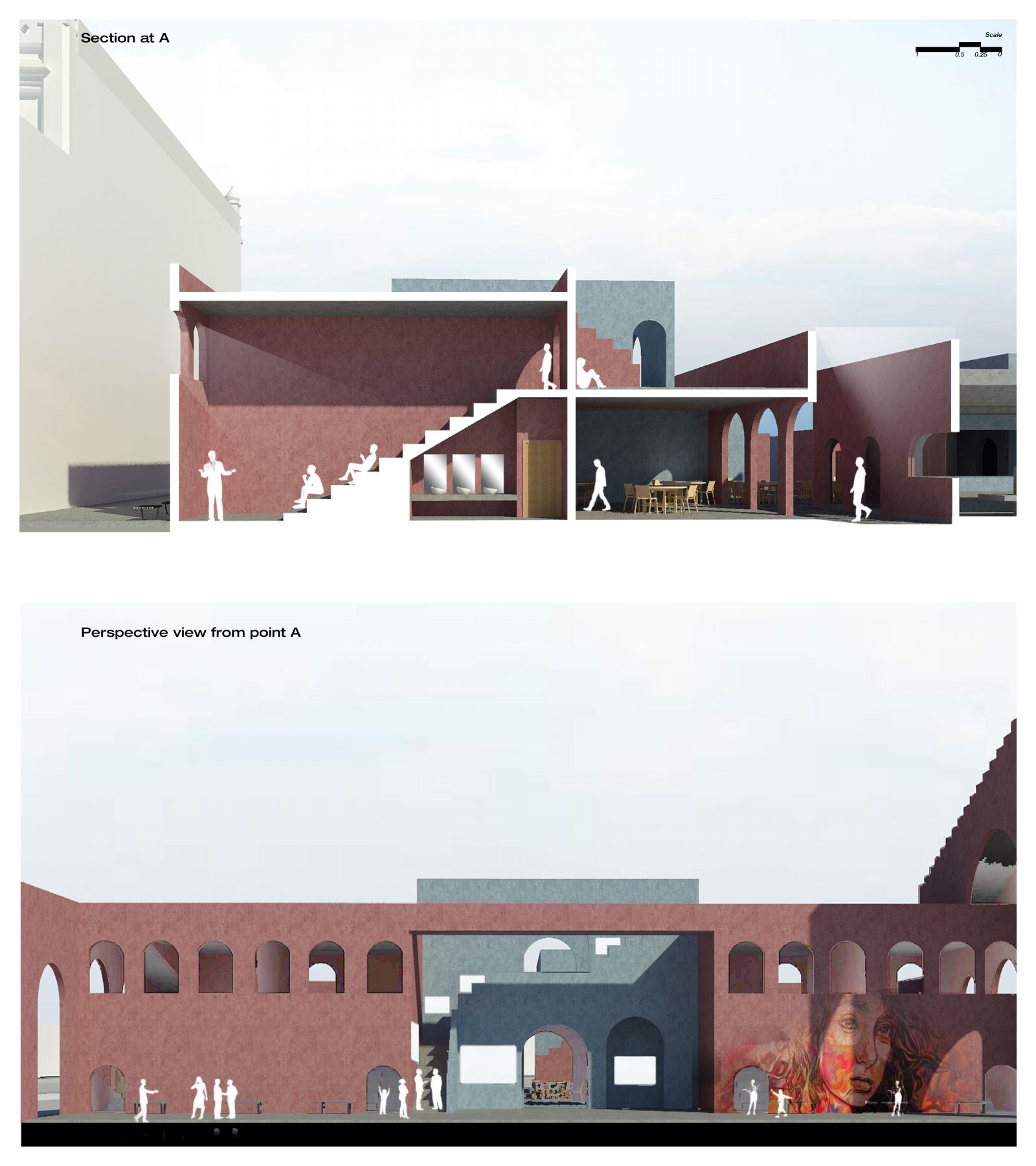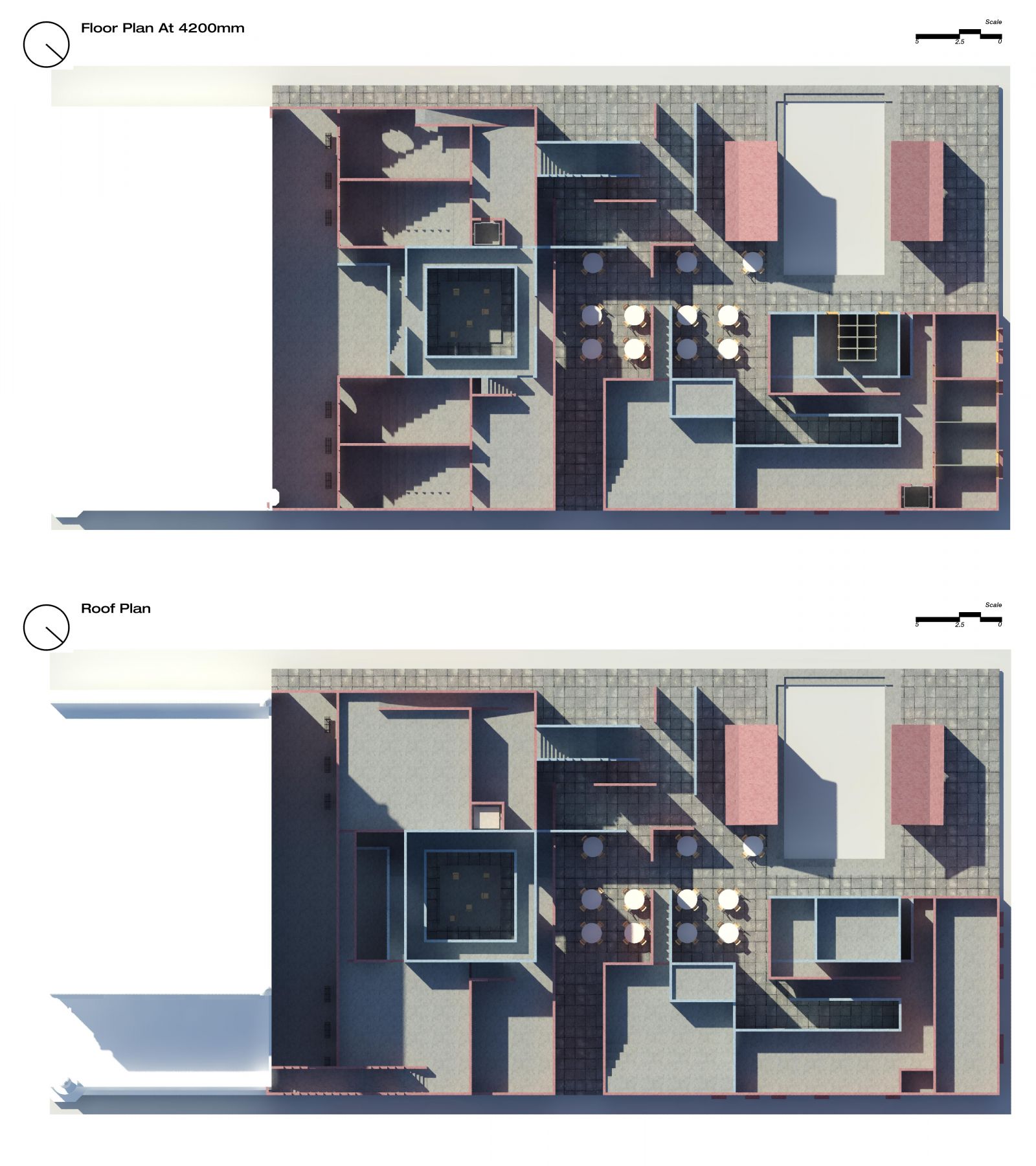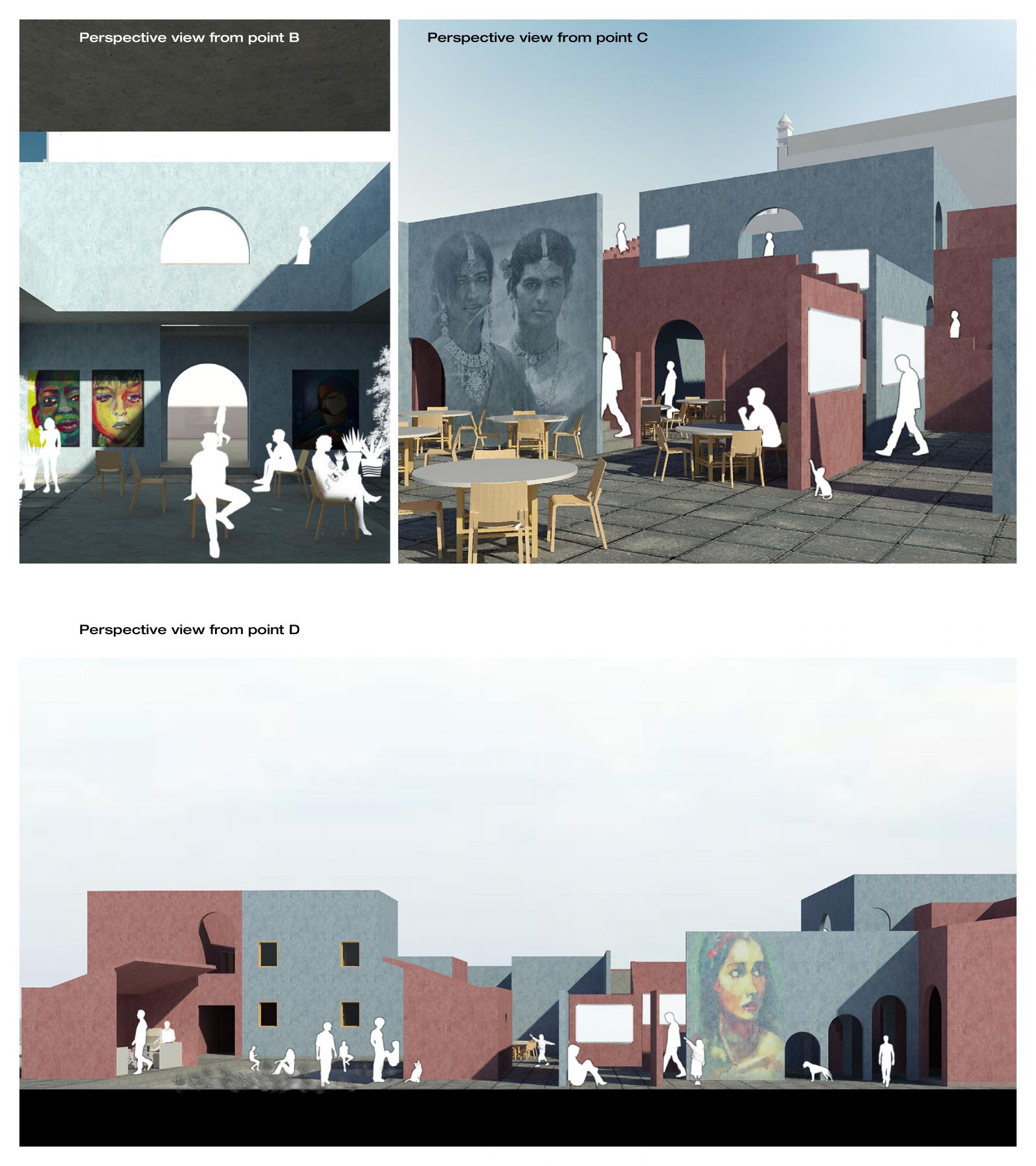Your browser is out-of-date!
For a richer surfing experience on our website, please update your browser. Update my browser now!
For a richer surfing experience on our website, please update your browser. Update my browser now!
The world is in chaos filled with strong ideologies of individuals and constricting views, although having different ideologies and perspectives is not wrong but accepting this state of the world and working past the indifferences is the need of the hour. Changing people and moulding them towards accepting people of different religions, caste, gender, food habits, and sexual orientation is not possible beyond a certain age and these values have to be inculcated right from childhood. The age between 4-12 is the age when an individual has the maximum capacity to learn and develop as an individual. Thus, when children take part in activities that they will be exposed to diversities by their interaction with different groups of people and animals that help them grow to be more accepting and understanding. There is a dire need for a new typology in the society where there can be a debate, conferences, workshops, a centre for knowledge for engagement of diverse individuals in the society shaping and empowering young minds to choose and carve their own paths for their future. Marginalised groups of the urban society can range from orphans, Khawaja sara, old people or the poor empowering these individuals to coexist and form a symbiotic relationship where the young learn for the old people equipped with knowledge and experience to form a self-sustaining community by and for the marginalised. Architecture today needs to recognise humans beyond its physical form and build considering the mind of the people occupying/interacting with it. The act of occupying a space in a building or a city is dependent on various factors for the task being performed by the individual determining how it is to be designed. Thus, flexibility and adaptability in the design of public spaces and architecture is required to provide and accept diversity as each individual has their own way. Children in educational institutes today maintain order, orienting themselves towards a board walking in straight lines in corridors maintaining silence and routine/schedule this breaks a child’s creativity and acceptance where one has defined a normal and anything beyond the norm is condemned. People occupying an educational institution might want to sit amongst other individuals and engage in discourse, other might choose a place open and surrounded with plants and vegetation where as another might want an enclosed space free from interaction to other and silence and many more.
View Additional Work